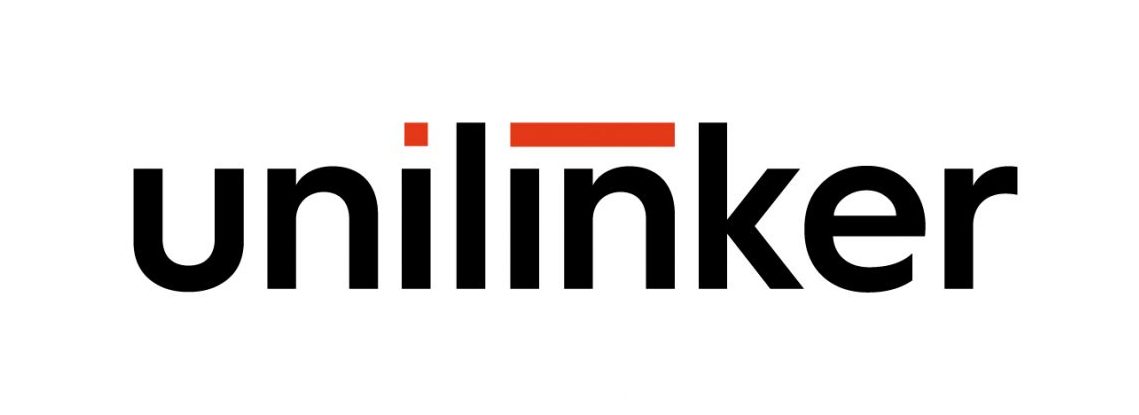

Digital Transformation of a Building Materials Distributor

The Challenge
AB Bechcicki is a nationwide distributor of building materials and the largest domestic seller of paints and varnishes in Poland. The company has been operating in the construction industry for over 27 years. For the past 8 years, it has run a B2C online store for retail customers, but until now, its B2B sales were carried out exclusively through physical branches and investment sales representatives in the regions. For many years, the company has ranked among the TOP 3 leaders in the building materials market.
The company approached Univio with the intention of implementing an online B2B sales system. However, during the implementation process, the scope of the project was significantly expanded due to a shift in AB Bechcicki’s strategic approach. Ultimately, a comprehensive digital transformation was initiated, enabling the company to launch sales in an omnichannel model.
Before the digital transformation process began, AB Bechcicki was struggling with a number of issues affecting operational efficiency. Business customers were handled solely via email and telephone, which meant that even the simplest inquiries regarding product availability required direct contact with a sales representative. There was no consistent or unified process for managing pricing policies, nor were there tools to support the sales team in this area. The company also lacked a centralized system for managing the product database and product information, which resulted in a limited offering available to sales representatives and made it difficult to efficiently prepare quotes and process orders. Additionally, the existing B2C e-commerce channels operated independently of the client’s other systems, generating numerous duplicated operational tasks and limiting the company’s ability to fully capitalize on its wide product range. These factors meant that the entire sales process failed to meet customer expectations and hindered the company’s ability to manage sales effectively and achieve target margins.
- Business customers were handled solely via email and telephone, which meant that even the simplest inquiries about product availability required direct contact with a sales representative.
- The only product database and source of product information was the SAP Business One ERP system, which contained very limited data, significantly complicating the work of the sales team. Other data was dispersed across various Excel files stored in different locations.
- Using the ERP system as the central hub for managing sales meant that sales representatives did not have access to the full product database, and searching the available data was complex and unintuitive, significantly increasing the time required to prepare quotes for clients.
- Instead of focusing on customer service, sales representatives had to manually perform many complicated operations in the ERP system, processing orders from the quote stage to issuing the invoice.
- The lack of a clear process and tool for managing pricing policies made it difficult to achieve target margins and, ultimately, planned results. Each sales representative operated under their own pricing rules, which meant that there were as many pricing policies as there were reps.
- The large number of logistical processes, covering a wide range of products of various sizes and weights, along with the diversity and regionalization of warehouses, different logistics minimums, and numerous delivery and payment methods, generated a high volume of manual actions related to order.
- As a distributor, AB Bechcicki deals with pallets from various manufacturers in different sizes, which should be added to orders at different prices. These had to be manually added by sales representatives or warehouse staff during the order assembly process..
- All communication with the customers regarding VAT invoices, overdue notices, corrections, and document copies was the responsibility of the sales representatives. A customer seeking information about prices, inventory levels, etc. had to contact a sales representative.

The Solution
- Conducting a series of consulting workshops to precisely define the client's needs and establish a clear project roadmap.
- Designing an entirely new system architecture based on SaaS solutions, enabling the launch of omnichannel sales in a short time frame.
- Implementing a PIM system to manage product information in a centralized location and automatically distribute this data to B2B and B2C sales systems as well as the ERP.
- Deploying the One B2B platform for clients, enabling self-service purchases, real-time stock and pricing checks, along with a sales representative panel that automates sales and allows for easy creation of quotes and orders using the entire product catalog.
- Implementing the ePrice tool as a centralized pricing management solution across all B2B and B2C e-commerce systems, providing control over minimum margins.
- Setting up a logistics network that takes into account the size and weight of the sold products; setting visibility of specific warehouses for clients from different AB Bechcicki branches, incorporating varying logistics minimums depending on delivery method, payment methods, and customer segmentation–based differences. The configuration includes 192 warehouses, 30 delivery methods, and 24 payment methods, from which the algorithm ultimately selects and displays the best options.
- Designing a dedicated plugin that automatically adds the appropriate pallets depending on the type and quantity of products. The solution works both on the One B2B client platform and in the sales representative panel.
- Implemented the Unilinker tool as a service bus to integrate all existing and new systems, enabling continuous, bidirectional data exchange — including product data, category trees per channel, inventory, pricing, orders, contractor info with credit limits and blocks, and both current and historical sales and warehouse documents.
The Result










